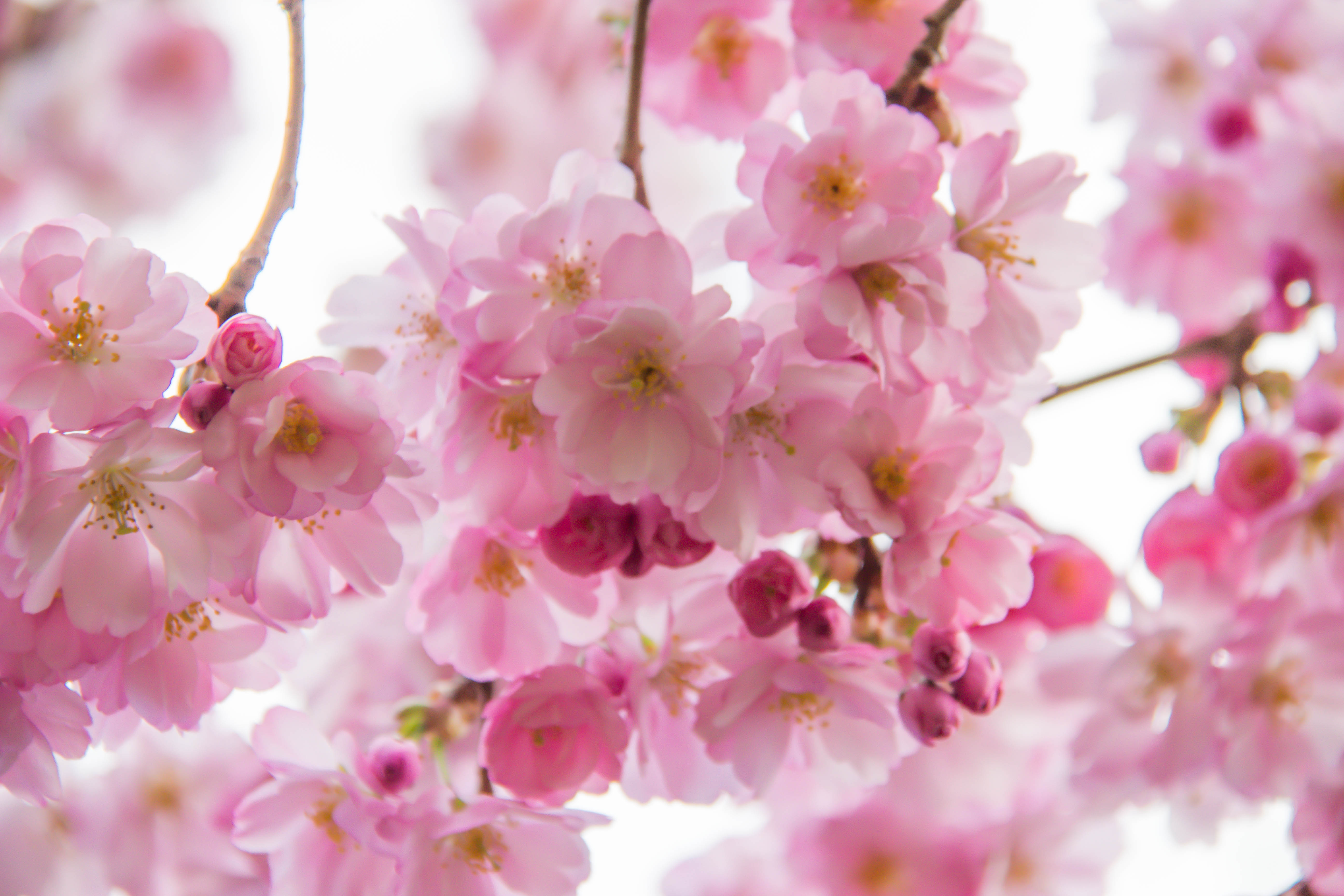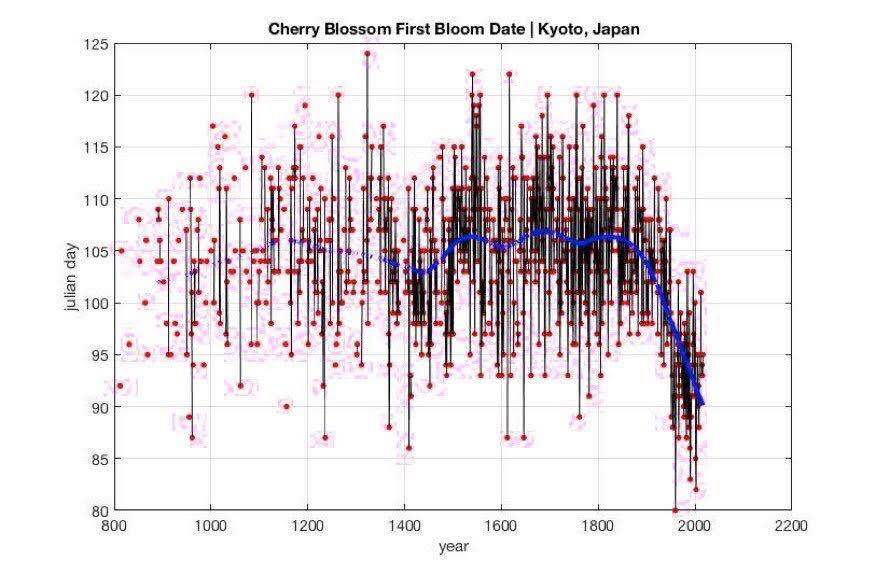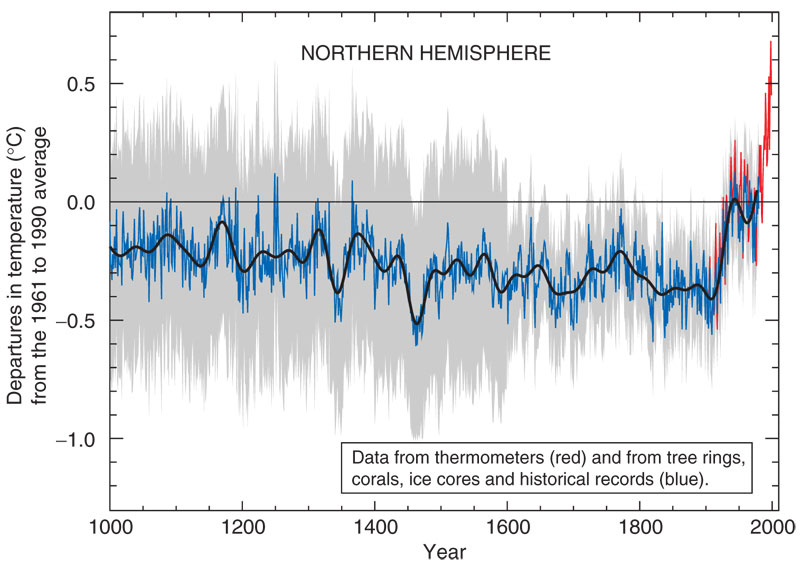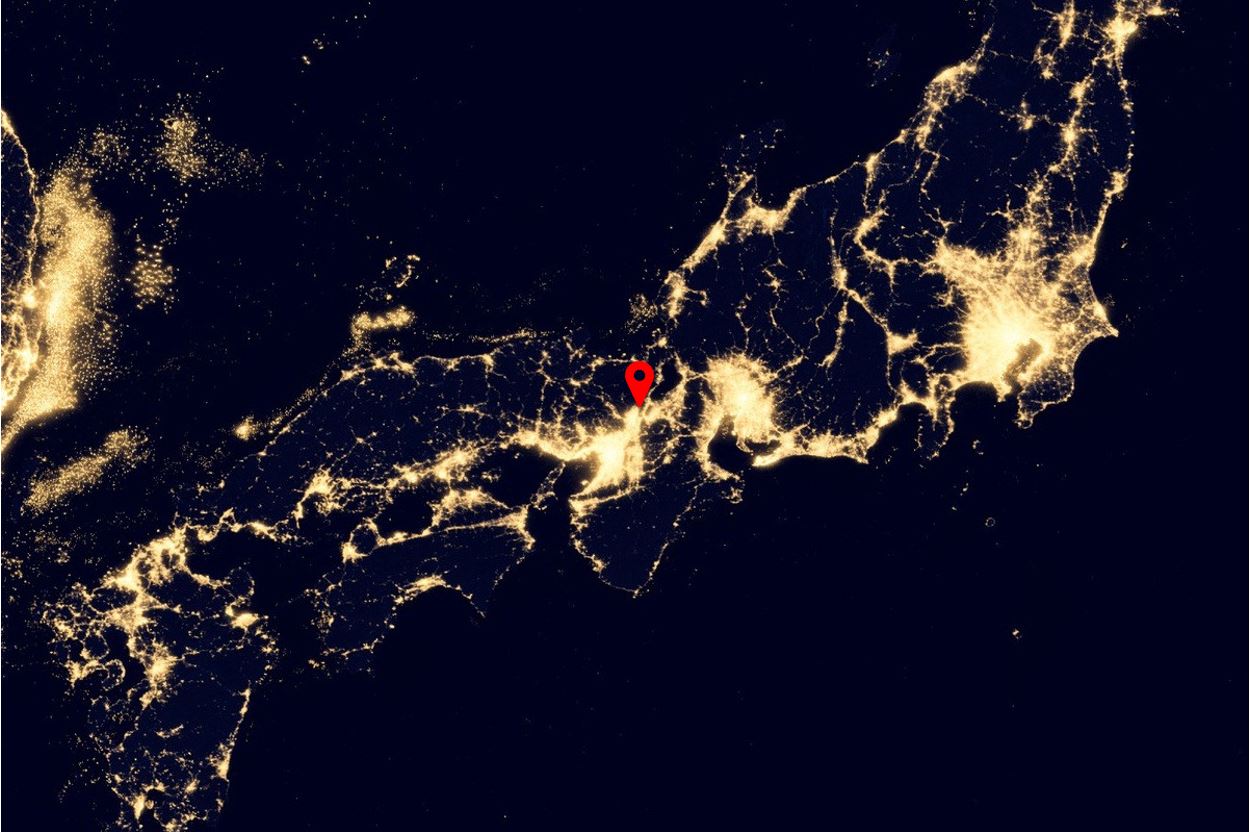Cherry blossoms and climate change; or, never trust Progressives and charts
When a Progressive blames early cherry blossoms on climate change, I start doing research — and discover that there are more likely causes.
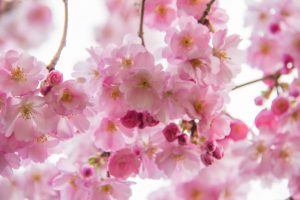 A Progressive friend of mine on Facebook very smugly linked to the chart below, which identifies 1,200 years of bloom dates for cherry blossoms. He did not post this simply because it’s interesting. Instead, as the sudden drop-off in the chart after WWII should suggest to you, he posted it to prove that climate change is real and is having profound effects on our environment:
A Progressive friend of mine on Facebook very smugly linked to the chart below, which identifies 1,200 years of bloom dates for cherry blossoms. He did not post this simply because it’s interesting. Instead, as the sudden drop-off in the chart after WWII should suggest to you, he posted it to prove that climate change is real and is having profound effects on our environment:
He explained that, in Kyoto, the Japanese have recorded for over a thousand years the first day on which the cherry blossoms bloom. The chart shows that, beginning sometimes after WWII (when America really started polluting), the blossoms are blooming earlier and earlier. The only explanation, of course, is global warming.
I took one look at the chart and thought, “Hmmm, I’ve seen that pattern before. I know! It looks exactly like an upside down version of Michael Mann’s infamous hockey stick.”
You remember the hockey stick, don’t you? By manipulating modern temperatures and deleting entirely past warming events (such as the Roman and Medieval warming eras), Mann managed to make it look as if temperatures suddenly spiked up in the second half of the 20th century:
Based upon the two chart’s startling similarity, I decided I’d better investigate the question of cherry blossoms blooming a little more closely. I’m sure there’s no data manipulation going on (the historically recorded dates are what they are), but the similarity to Mann’s chart tells me that something else must be afoot. Otherwise, I’d see other temperature variables, since as the various mini Ice Ages and warming periods in the past 1,200 years.
I toddled over to Watts Up With That, and there was my answer: Although Anthony Watts is discussing a claim about cherry blossoms in Washington, the probable culprits — more artificial light and human generated temperature increases at ground level — seem as applicable to Japan as they to do the US:
Liebig’s Law applies to plant growth and can be summed up as this:
“The availability of the most abundant nutrient in the soil is only as good as the availability of the least abundant nutrient in the soil.” Or, to put it more plainly, “A chain is only as strong as its weakest link.”
For example, the growth of an organism such as a plant may be dependent on a number of factors, such as sunlight or mineral nutrients (e.g. nitrate orphosphate). The availability of these may vary, such that at any given time one is more limiting than the others. Liebig’s Law states that growth only occurs at the rate permitted by the most limiting. – Wikipedia
In the case of plants and trees, the most important basic factors in growth are:
- Water
- Soil nutrients
- Available sunlight
- Temperature
There are others, but these suffice for the point being made. We can assume that because the Washington cherry trees are curated and budding times tracked by the National Park Service that they get plenty of water and nutrients, after all we can’t have dead and dying cherry trees on the mall. That would insult Japan, who made them a gift in 1912 before they decided to surprise bomb the crap out of us at Pearl Harbor.
So we can assume water and nutrients are relatively stable in Washington where the cherry trees are – that leaves temperature and available sunlight. Samenow points out that the average temperature in Washington D.C. has gone up, citing this paper: Predicting the Timing of Cherry Blossoms in Washington, DC and Mid-Atlantic States in Response to Climate Change
That temperatures have risen in Washington D.C. is no surprise, but I argue that it is a factor of the city growth and increased local heatsinks retaining heat at night rather than global warming. For example, look at what happened in Las Vegas, another city that has grown dramatically since the 1950’s. Minimum temperatures went up, but daytime maximum temperatures have been flat.
This study just published in Proceedings of the Royal Society B says temperature alone can’t be the cause, light pollution is a major factor too, since trees also respond to increased light, be it sunlight or light pollution from a growing and glowing city.
Watts also cites to an article from England about artificial lighting being responsible for early tree blooms across the United Kingdom.
Just so you can get a sense of things, here’s a satellite photo of Japan at night, with Kyoto at the narrowest point of the red pin:
Given the bright glow even in that relatively un-built-up city (which is still one of the major tourist attractions in Japan), it’s quite reasonable to assume that the glow and heat from a city, rather than climate change, are the culprits for cherry blossoms appearing a few days earlier in Kyoto.
Photo credit: Susanne Nilsson, Cherry Blossom, Creative Commons license.
